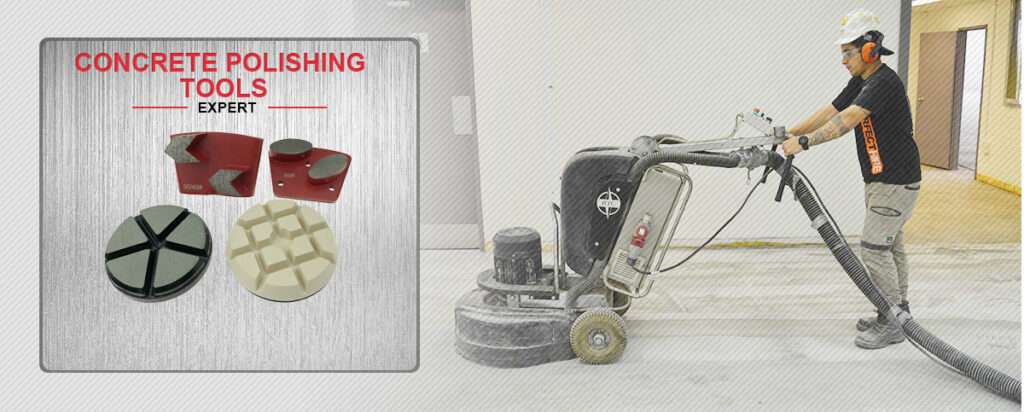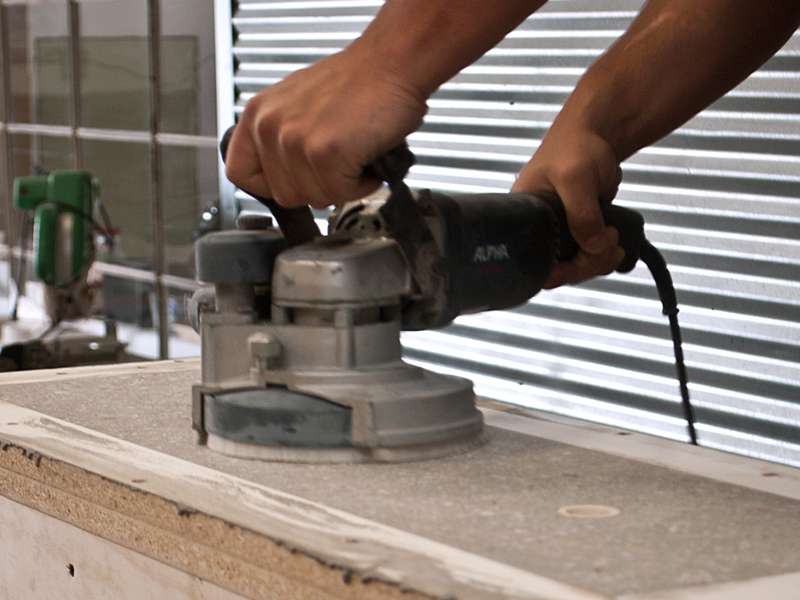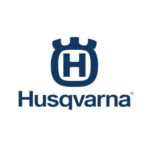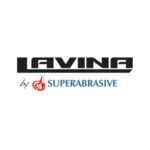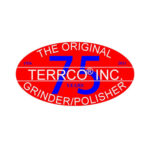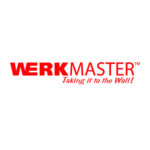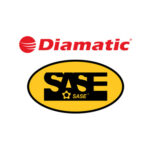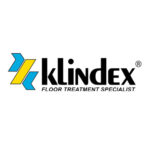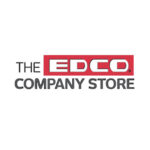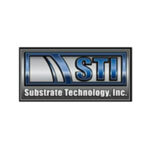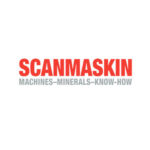Polished Concrete Process
UNPROCESSED CONCRETE:
Unpolished, or unprocessed, concrete often has some type of existing coating
(ie. epoxies) or an adhesive (ie. carpet adhesive, black mastic which is laid underneath existing tile, etc.)
that will have to be removed prior to polishing your existing concrete surface.
1) GRINDING & CONCRETE PREP:
To begin the concrete polishing process we repair existing imperfections (ie. cracks & holes) on the concrete surface. The second step of the process involves grinding the concrete to reveal a smooth surface.
Proper surface preparation is vital for flooring projects to be successful. Often, contractors don’t recognize this and rush the prep by just sweeping the surface before laying the new coating. Because contractors know that the new surface is all the customer will see once work is complete, they tend to think this is the only thing that matters. They couldn’t be more wrong. Surface preparation works best when it is used to actively prevent problems before they occur, rather than taking a reactive approach to issues.
Removing adhesives
Typically, the stubbornness of adhesives causes problems in surface preparation. Sometimes, a lot of adhesive remains attached to the substrate after removal of the old coating material and can cause problems when laying down the new covering. The best way to overcome this is to use a floor scraper, either a walk-behind or ride-on model, to remove the adhesive before applying the new covering.
Contractors should find out the size of the jobsite ahead of time to allow them to select the right machine for the job. For example, there might only be space for a small walk-behind scraper on a residential job, but ride-on scrapers can be more suitable for larger jobs.
It is important that the correct blade attachments are selected for floor scrapers. Attachments that use smaller, thinner blades can get more adhesive off the floor and leave a much smoother finish.
One question that we often get asked is whether it is best to use machinery or solvents to remove the adhesive from the substrate? Machines are more efficient than solvents at removing adhesives, and they are easier to work with. Machines don’t pose the same health risks as solvents do — which can often contain harsh chemicals that are harmful to breath in.
Machines are also the more environmentally friendly choice for the job. Solvents can cause significant environmental damage, whereas a battery powered machine is much cleaner to use. To put it simply, using machines instead of solvents can be a win-win for both the contractors and mother nature.
Dealing with dust
It is important to recognize that there is no such thing as a dust free jobsite. However, an extremely dusty environment can lead to problems for both contractors and their equipment, so it is important to try to manage the dust present in the workspace.
Dust can be annoying to work around and harmful to breathe in, causing lasting respiratory problems in severe cases. It is important that workers use the right personal protective equipment (PPE), in this case respiratory face masks, to avoid any health problems arising as a result of their work. Excessive dust in the air can also cause damage to any machinery present. One way to avoid this is to use an ionizer. These machines operate by electronically charging the air in the room, driving dust and other contaminants to the ground in a way that is safe for the user and the environment.
Contractors can always seek the advice of manufacturers and distributors of surface preparation equipment.
2) APPLICATION OF STAIN:
Once the concrete surface is properly prepped the stain is then applied to the concrete surface.
3) HONING:
During this step of the process, the concrete surface will begin to shine. The concrete surface will be grinned again with a less intense grinding tooling.
4) POLISHING:
At this stage the concrete area will now be polished with concrete polishing equipment.
5) COMPLETION:
The final step is to use a burnishing pad after all of the polishing steps are completed. This will finish the concrete cleaning process and give your new polished concrete floor a beautiful shine.

